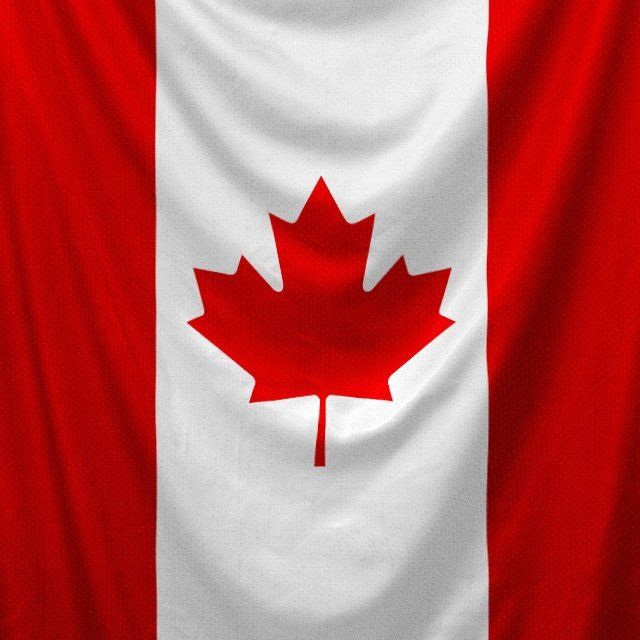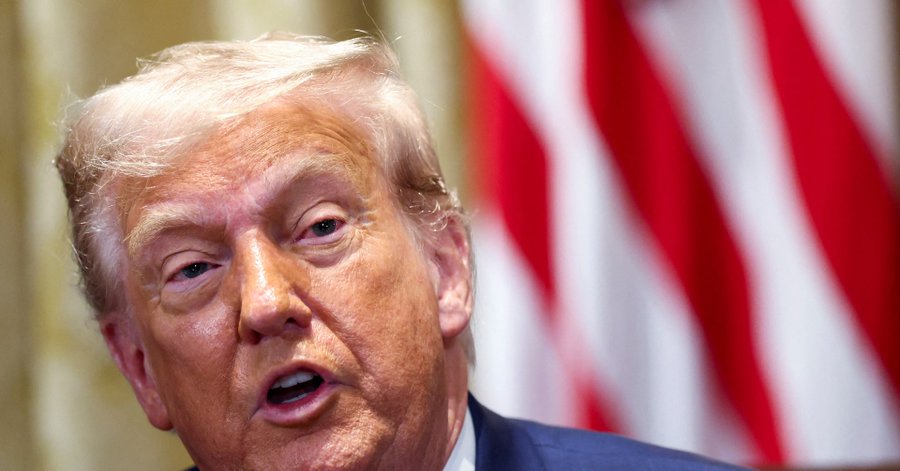The U.S. has imposed a surprise 35% tariff on Canadian imports. Here’s what’s behind the move, how Canada is reacting, and what it means for consumers.
You’d think two friendly neighbors like the United States and Canada — who share the world’s longest peaceful border — would steer clear of any economic brawls. But here we are in July 2025, waking up to news that Washington has slapped a massive 35% tariff on all Canadian imports.
No gradual hike, no warning shots — just a full-blown trade bomb dropped overnight.
So, what just happened? And why is the U.S. suddenly treating its closest ally like a trade rival?
Let me walk you through what’s going on — and what it means for your wallet, whether you’re in Toronto, Texas, or anywhere in between
Where Did This Come From?
The announcement came straight from the White House, with President Donald Trump (yes, back in office for a second term) saying the U.S. was being “taken advantage of” by unfair Canadian trade practices.
> “Canada has benefited from our market far too long without giving anything meaningful in return. We’re bringing balance back,” Trump said in a press briefing that lasted all of seven minutes.
According to his administration, Canadian companies have been “dumping” products — especially lumber, dairy, and auto parts — into the American market at artificially low prices. The U.S. claims it hurts American manufacturers and farmers who can’t compete with what they see as subsidized Canadian exports.
And so, the blanket 35% tariff was imposed across the board — affecting everything from maple syrup to car engines, cheese to construction wood.
Canada Reacts: Shock, Disappointment, and Retaliation
Canadian officials didn’t hold back. Prime Minister Justin Trudeau (still holding office, though with declining popularity) called the move “unprovoked, hostile, and economically reckless.”
In a televised address, Trudeau said:
> “This is not how friends behave. We’ve stood with the United States through thick and thin. For them to treat us like this — without dialogue or due process — is deeply disappointing.”
Within hours, Canada announced its own retaliatory tariffs, targeting key U.S. exports like:
Beef and pork
Whiskey
Household appliances
Agricultural machinery
Software services
It’s clear this is not going to be a one-day headline. A full-blown trade war may be on the horizon, and both sides are now digging in their heels.
But… Why Now?
Here’s where it gets a bit more strategic. Trump has been increasingly vocal about reshoring manufacturing and punishing “free-riding” nations — especially ahead of the 2026 midterm elections.
Internally, sources say the decision was fueled by:
1. Pressure from American auto manufacturers and farmers, who say Canadian imports are undercutting their prices.
2. Political posturing: With inflation still hovering high, Trump is trying to show strength on trade — something that played well with his base in 2016 and 2020.
3. Trade deficit optics: The U.S. ran a $33 billion trade deficit with Canada last year. Though not massive in global terms, Trump has long viewed trade deficits as “losses” and is eager to shrink them visibly.
Who’s Going to Feel This First?
The effects of these tariffs won’t be abstract or delayed — they’ll hit ordinary people quickly on both sides of the border.
In the U.S.:
Car prices may spike, especially for models using Canadian-made components.
Housing costs could rise, as Canadian softwood lumber is widely used in American construction.
Food inflation might worsen, especially in border states that rely on Canadian dairy or grains.
In Canada:
Exports will suffer, especially for small to mid-size companies who can’t absorb a 35% tax on goods.
Job losses in manufacturing-heavy provinces like Ontario and Quebec are already being predicted.
And let’s not forget the psychological cost. Canadians see America not just as a trade partner but as family — and this kind of policy feels personal to many.
Could This Escalate?
Yes. Easily.
Trade wars often start with one or two rounds of tariffs but quickly snowball into larger disputes. We’ve seen it before with China — tit-for-tat tariffs that eventually shook global supply chains and sent markets tumbling.
Canada has already hinted at bringing the matter to the World Trade Organization (WTO), but let’s be honest — Trump isn’t exactly a fan of the WTO. He’s called it “useless” and “biased,” and may ignore any ruling in Canada’s favor.
Even U.S. allies like the European Union and Japan are watching nervously. If Washington is willing to go this hard on Canada, who’s next?
Final Thoughts: Is This Really About Trade?
Many believe this move has less to do with Canada and more to do with Trump’s broader narrative: America is strong, America is exploited, and he’s the only one tough enough to fix it.
But there’s a cost. Relationships, economies, and lives are affected when leaders use trade as a political weapon.
Canada didn’t expect this punch. And now both countries are staring down a painful economic standoff — one that could’ve been avoided with a simple conversation.
Let’s hope someone picks up the phone before it gets worse.


